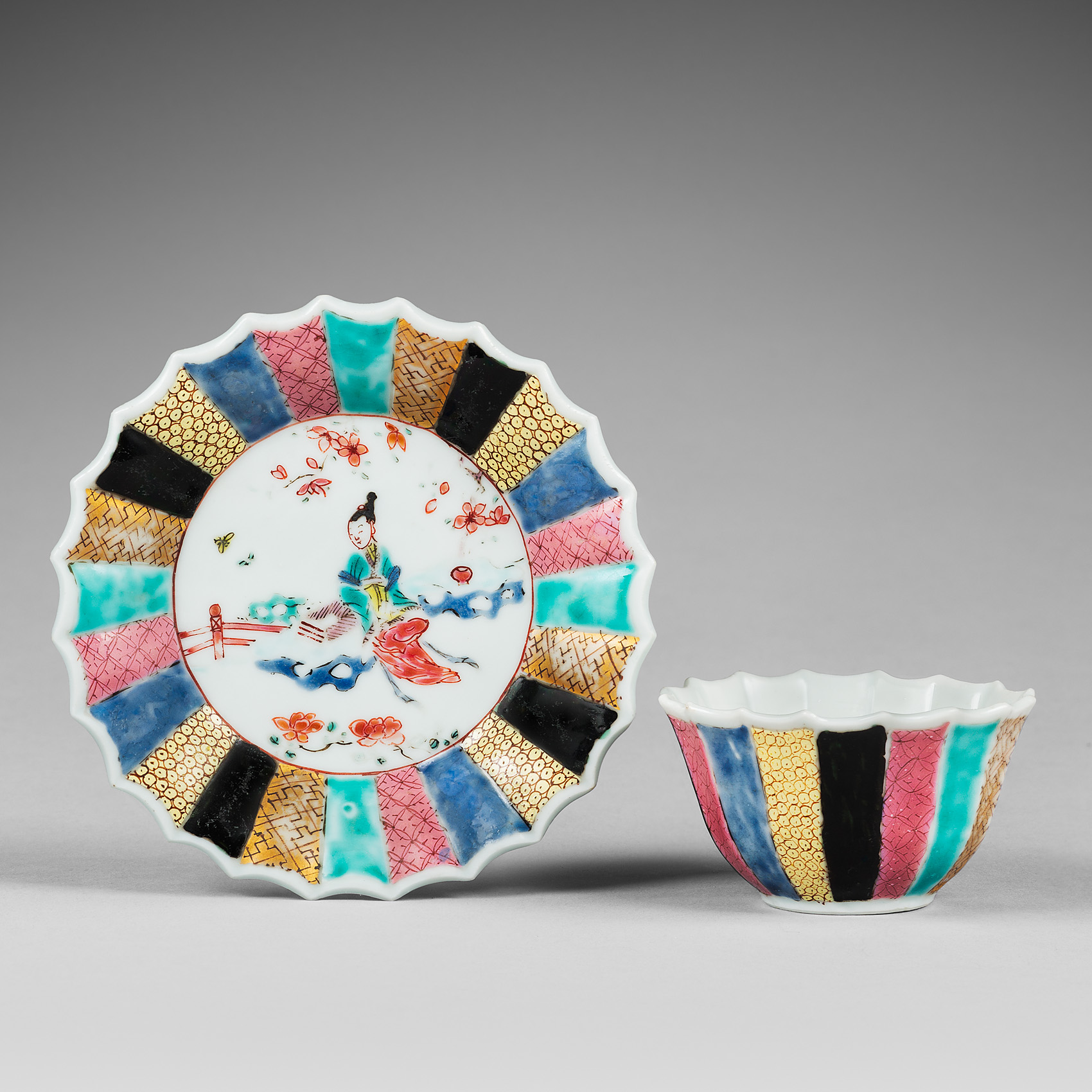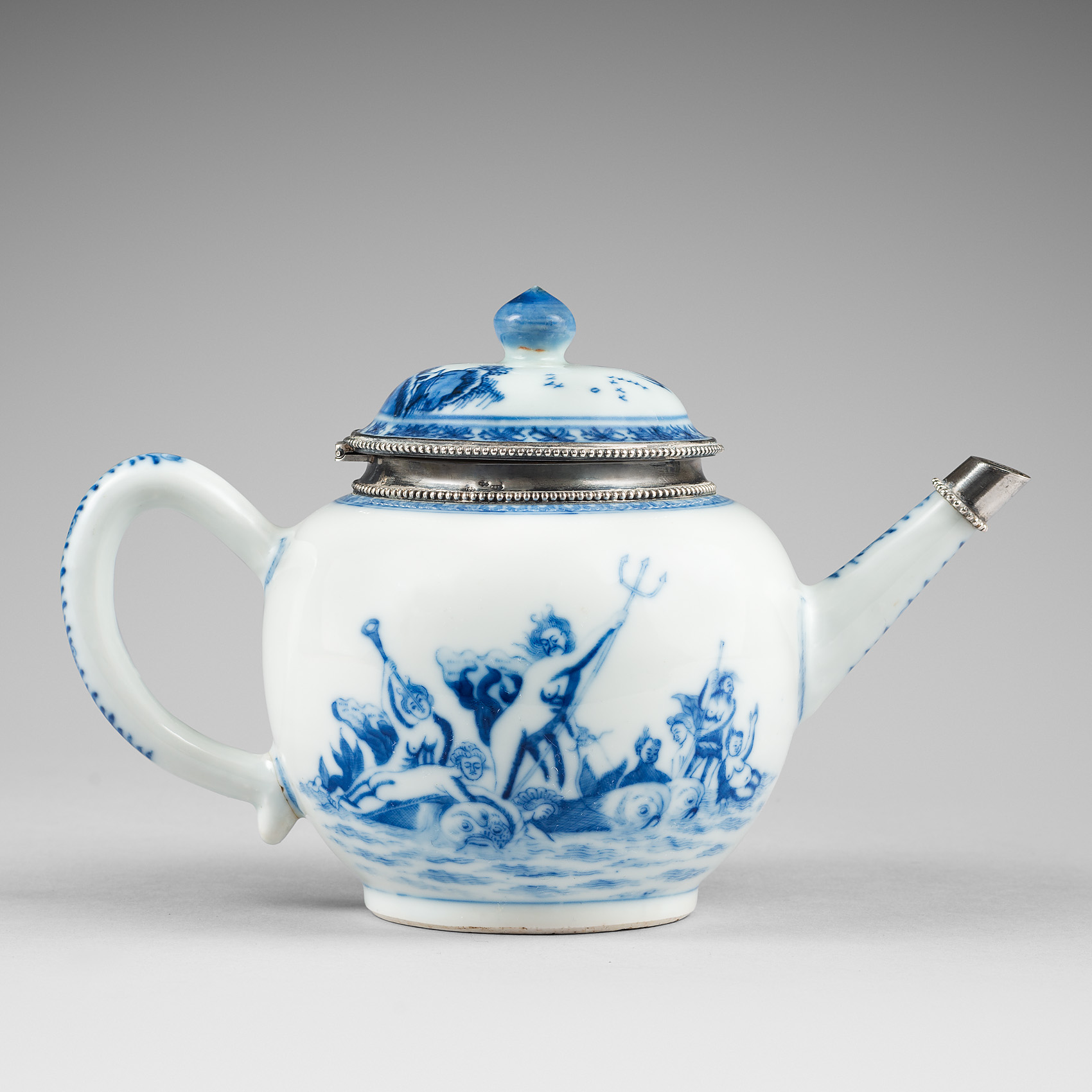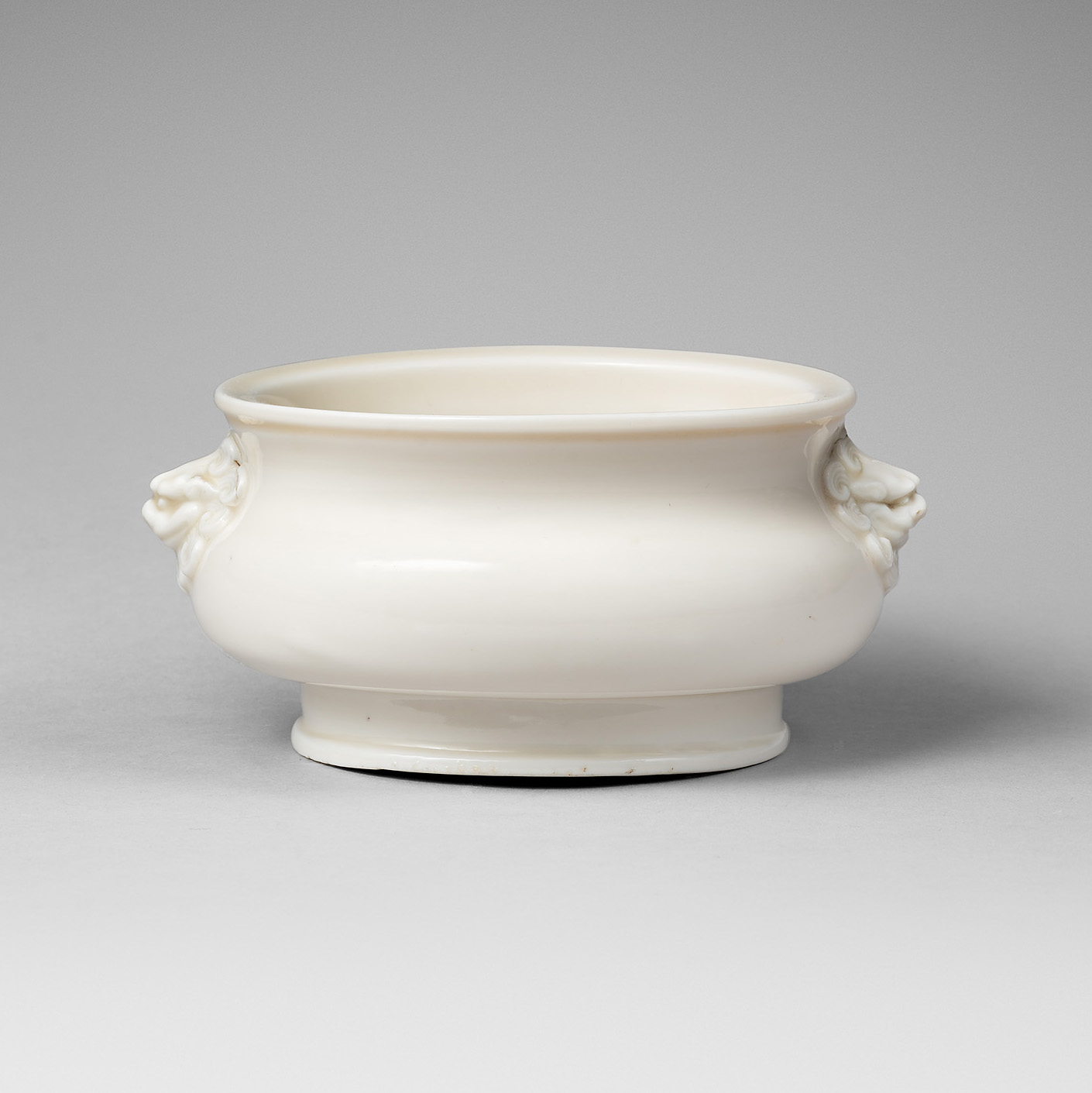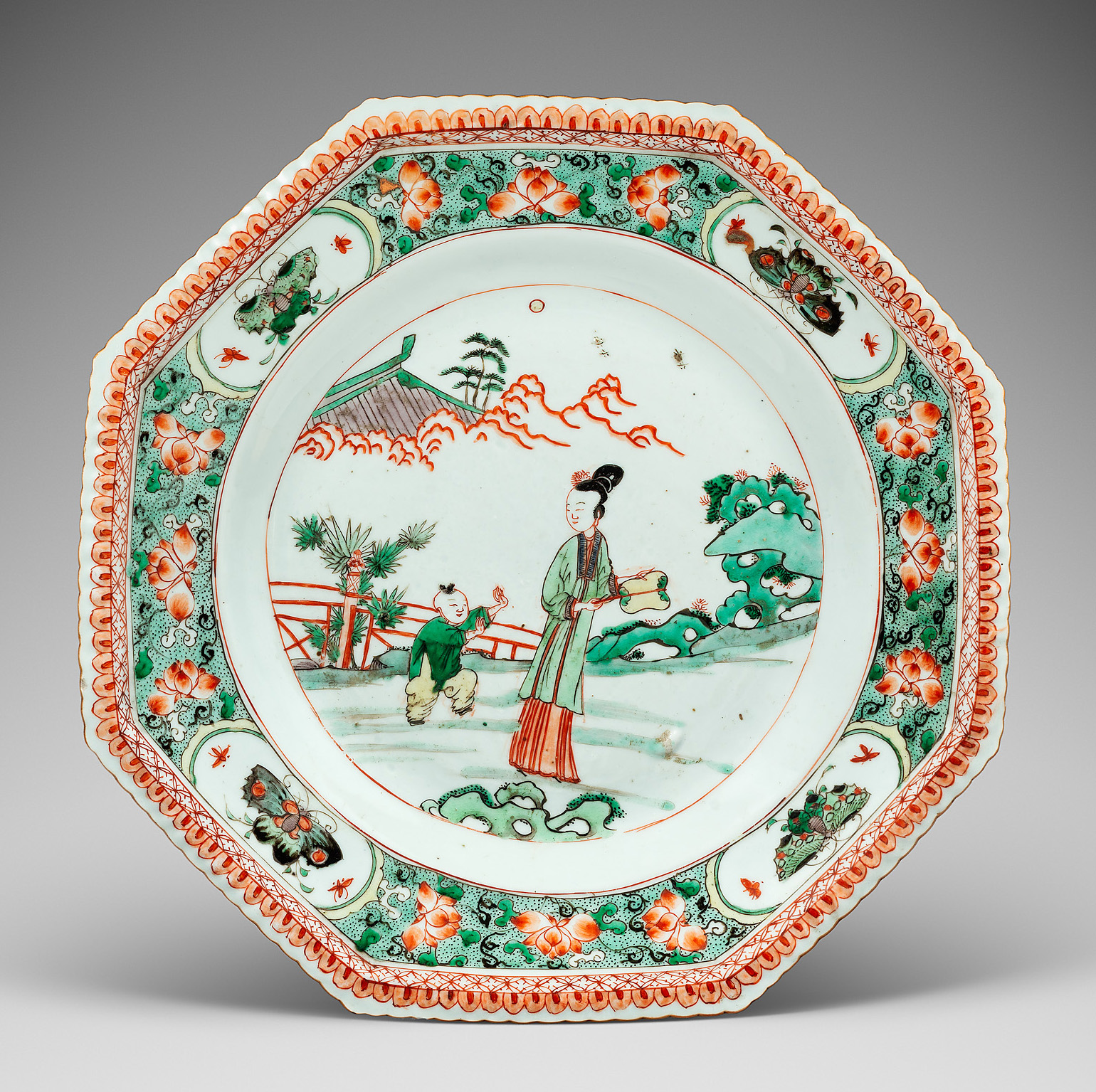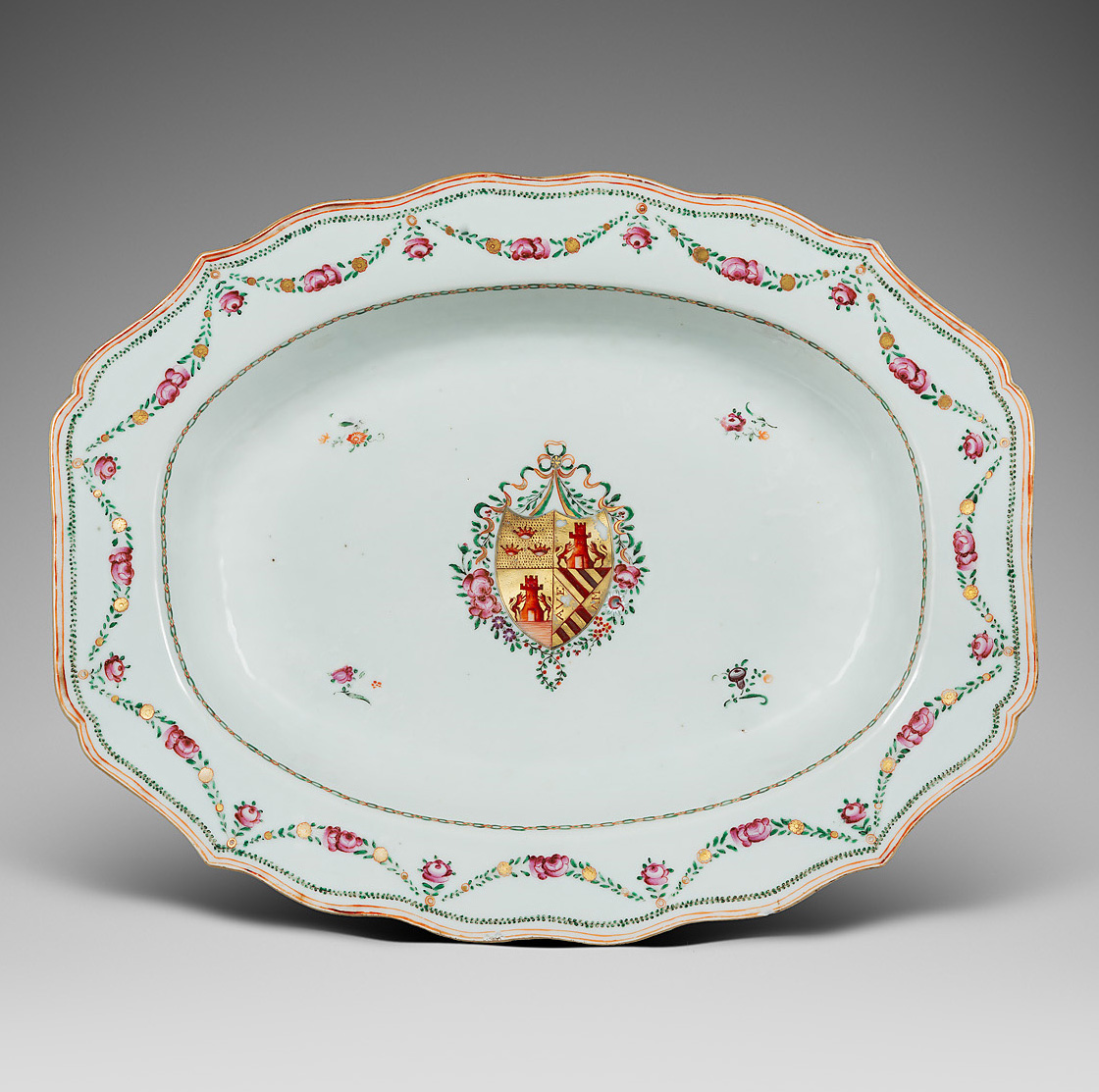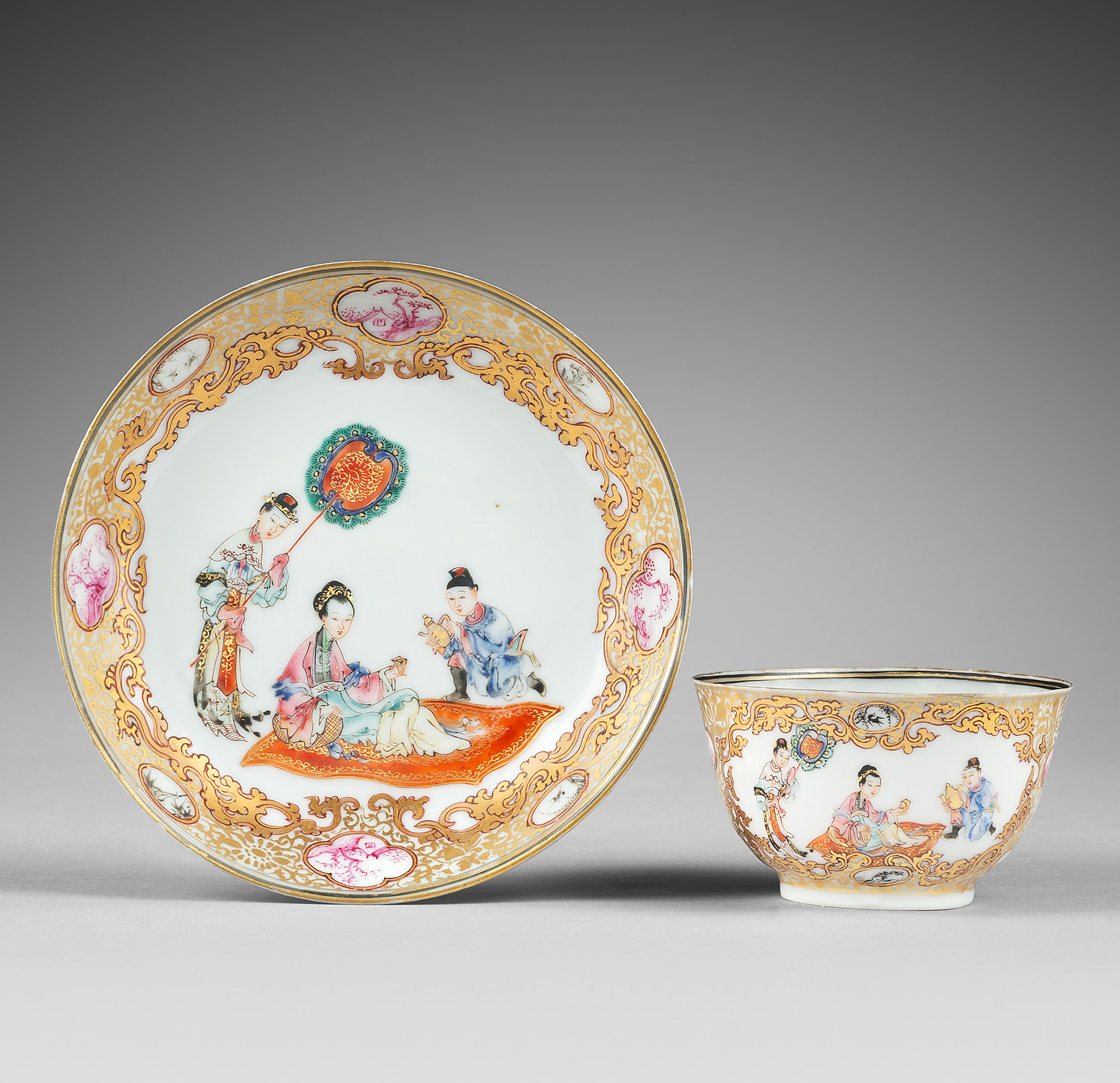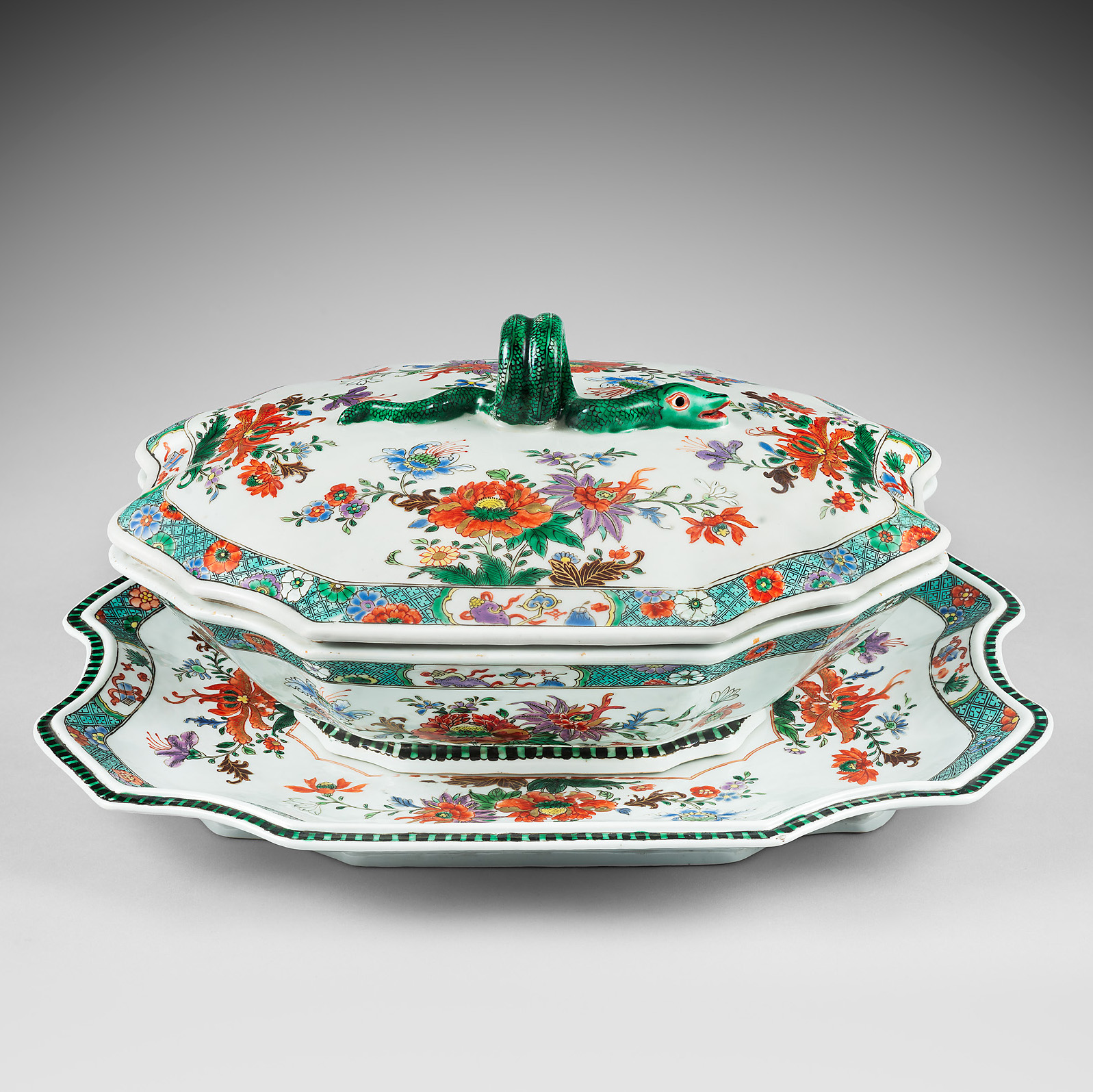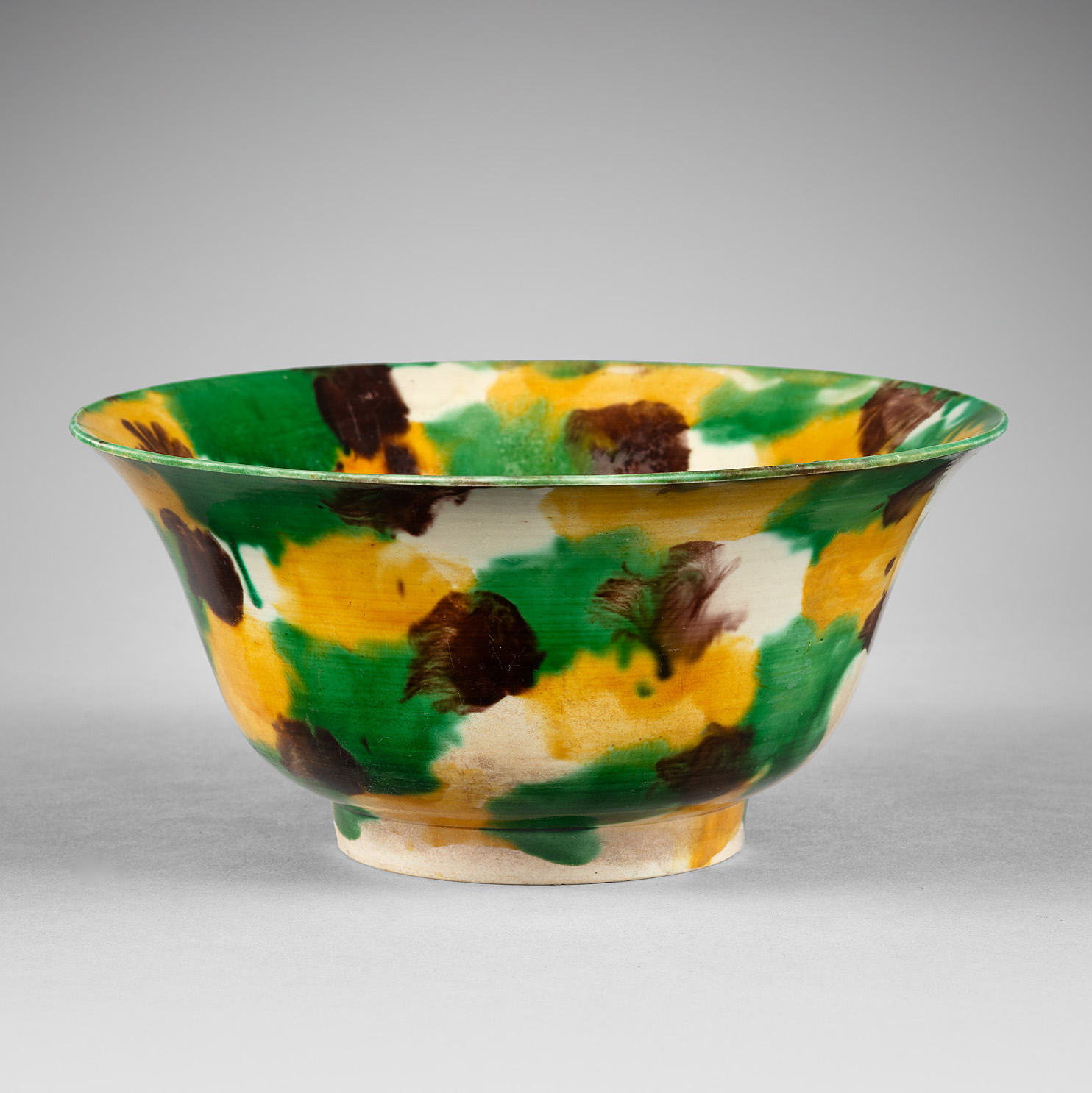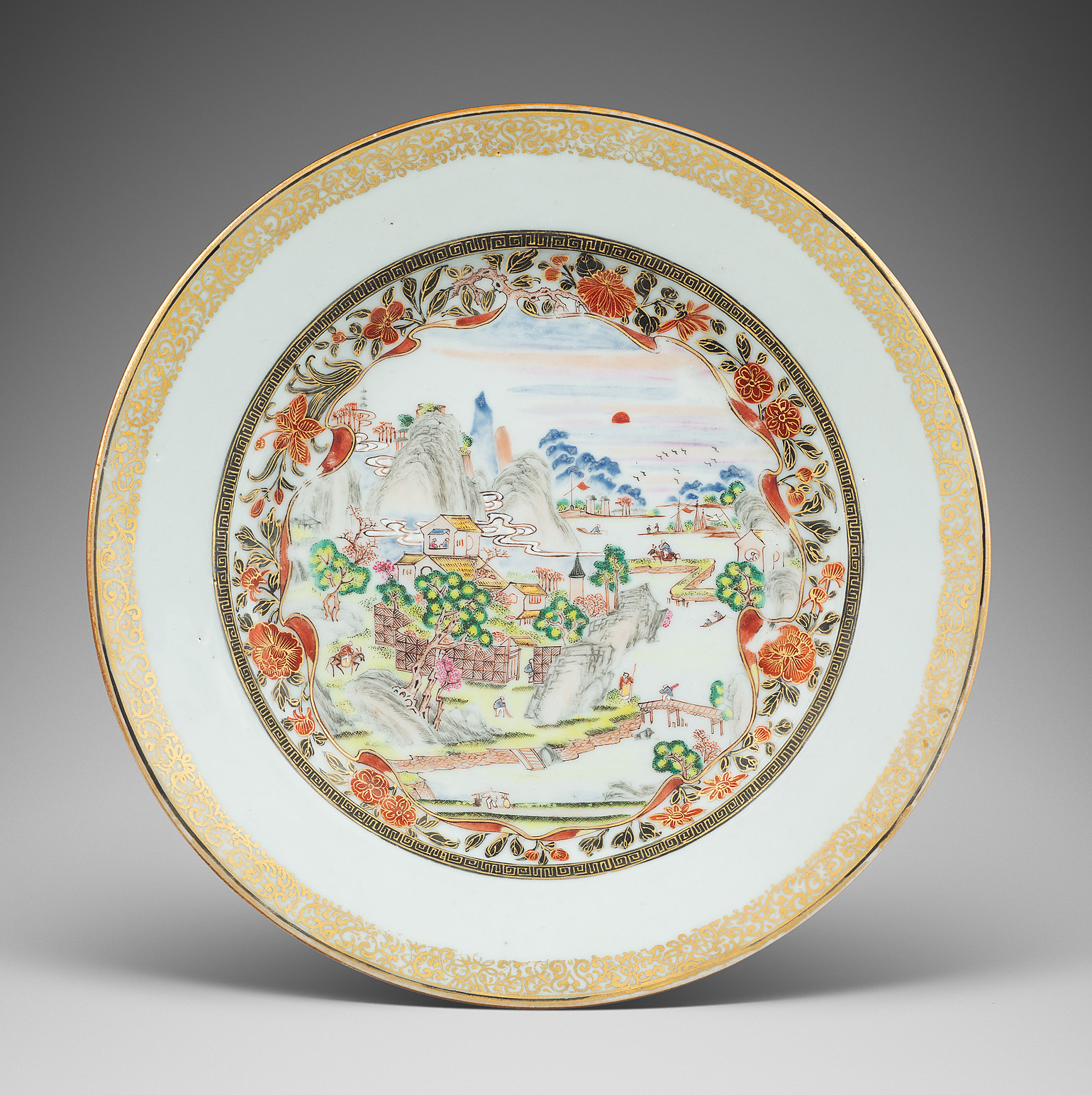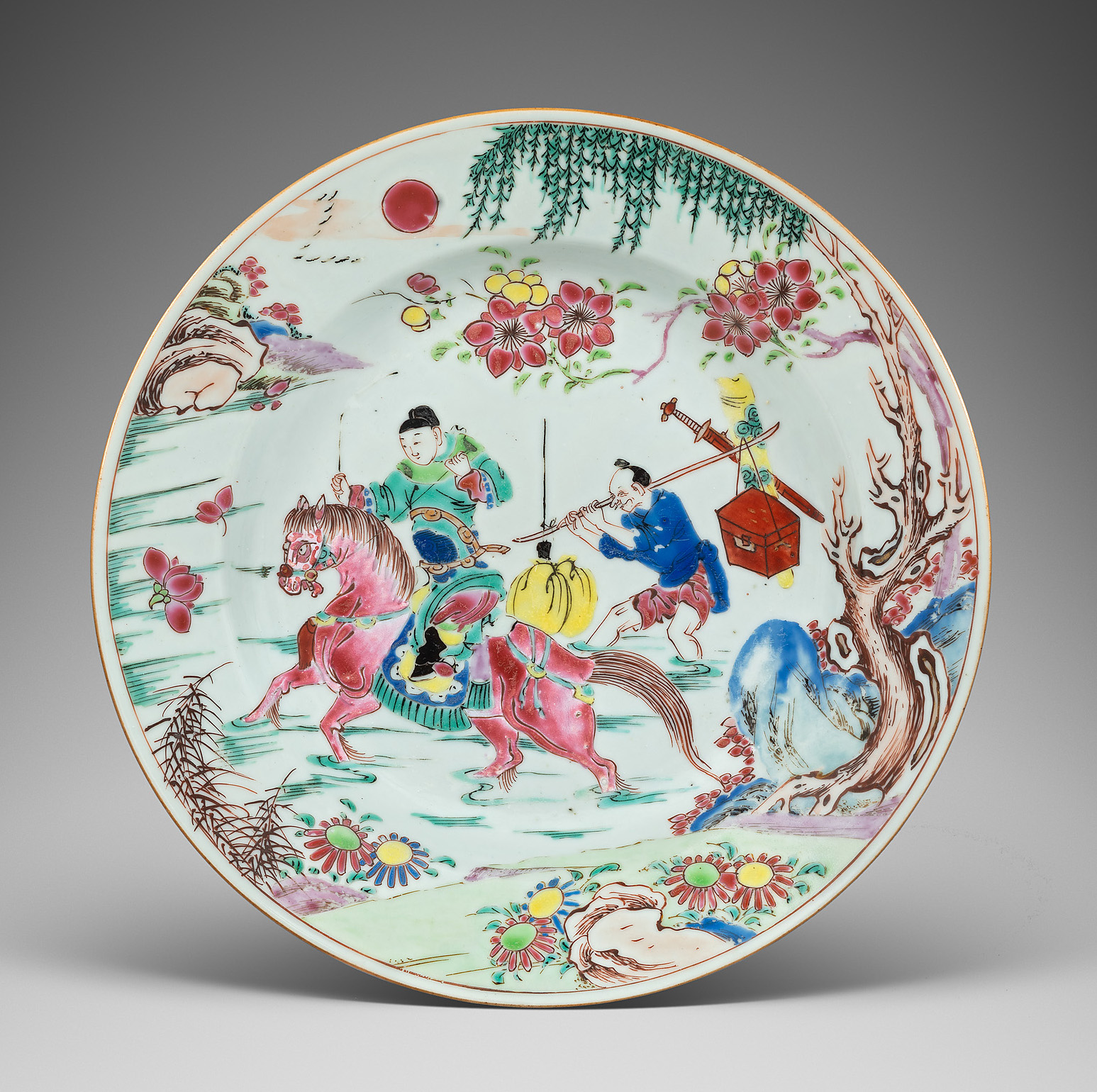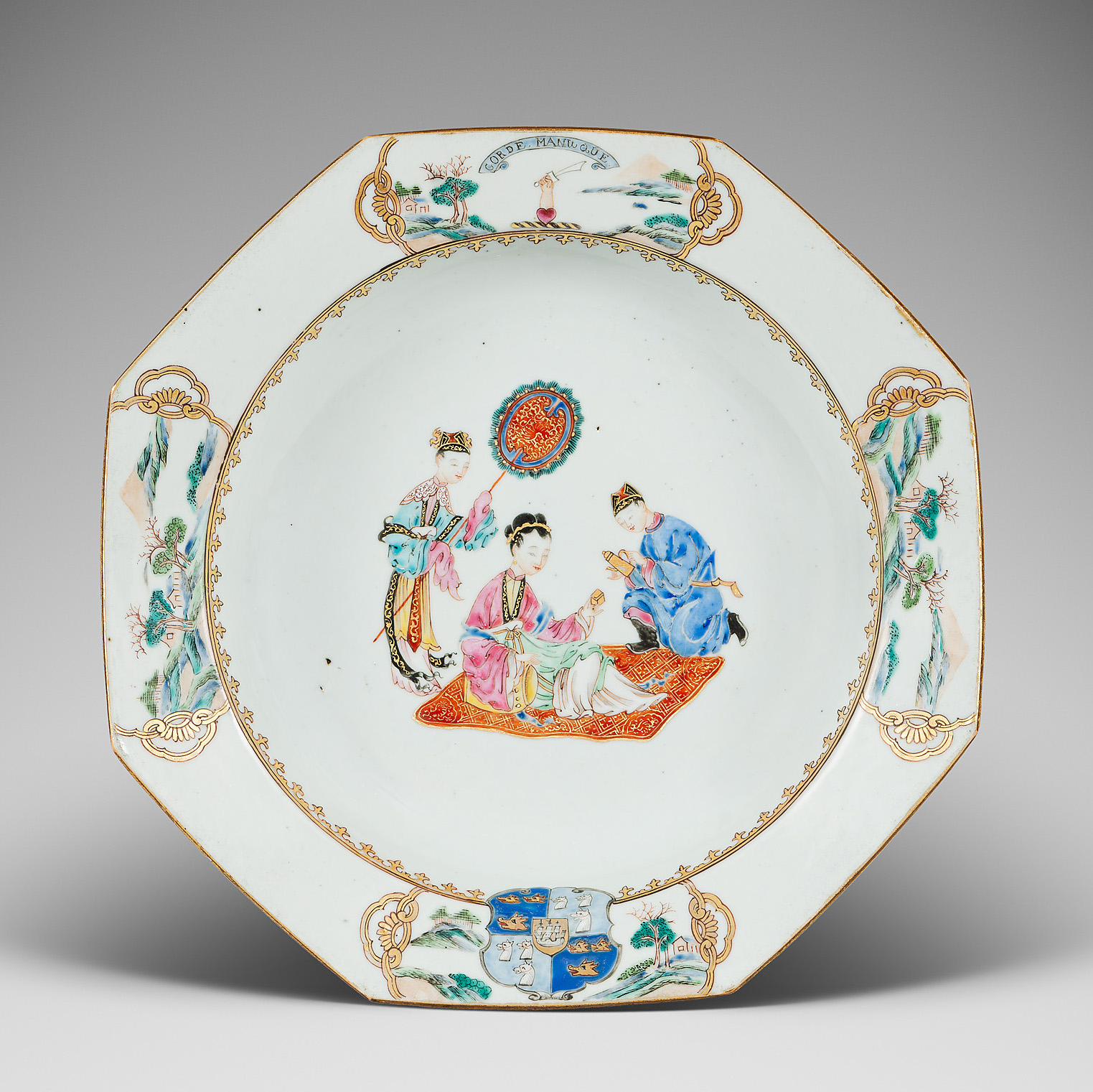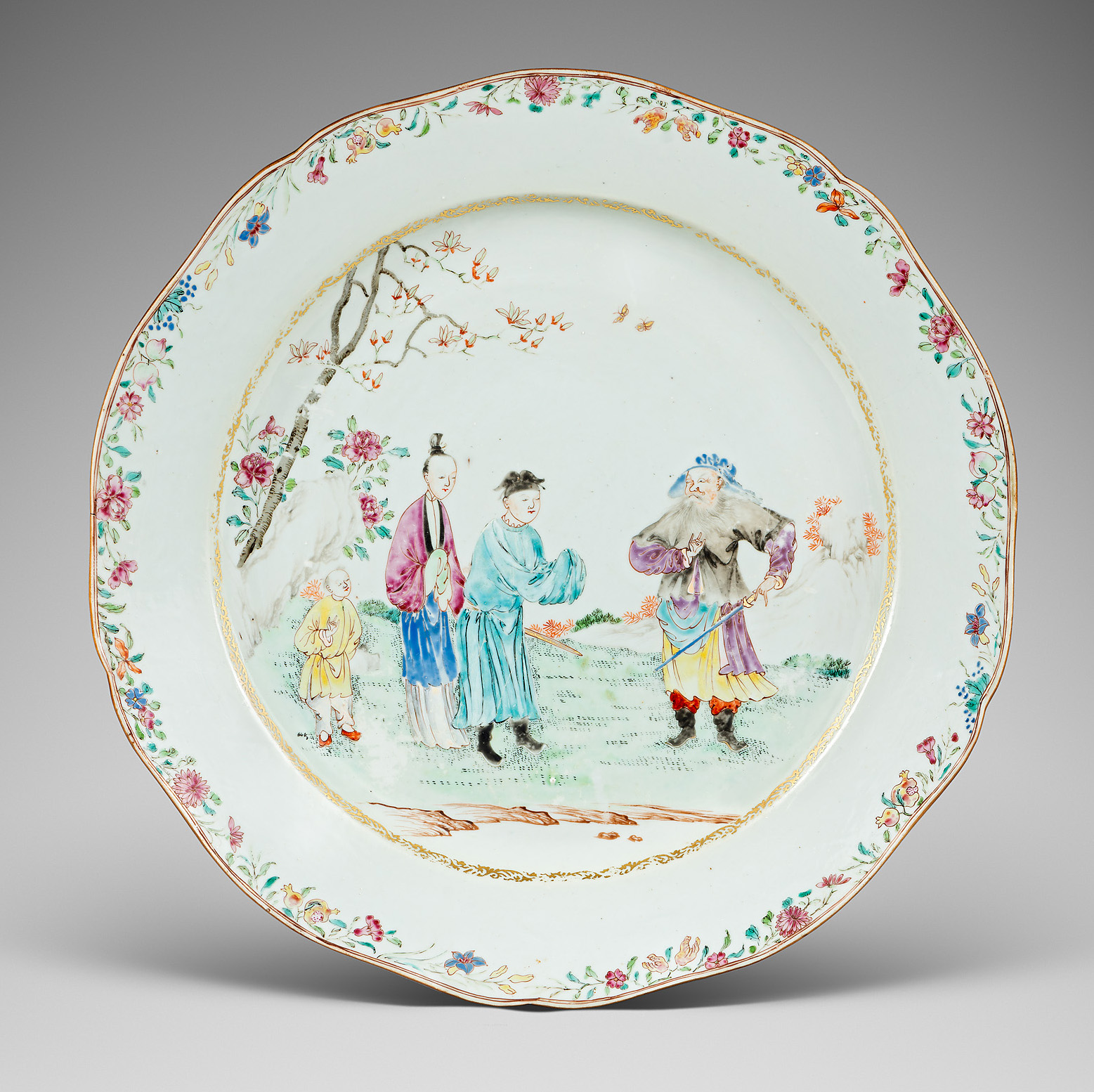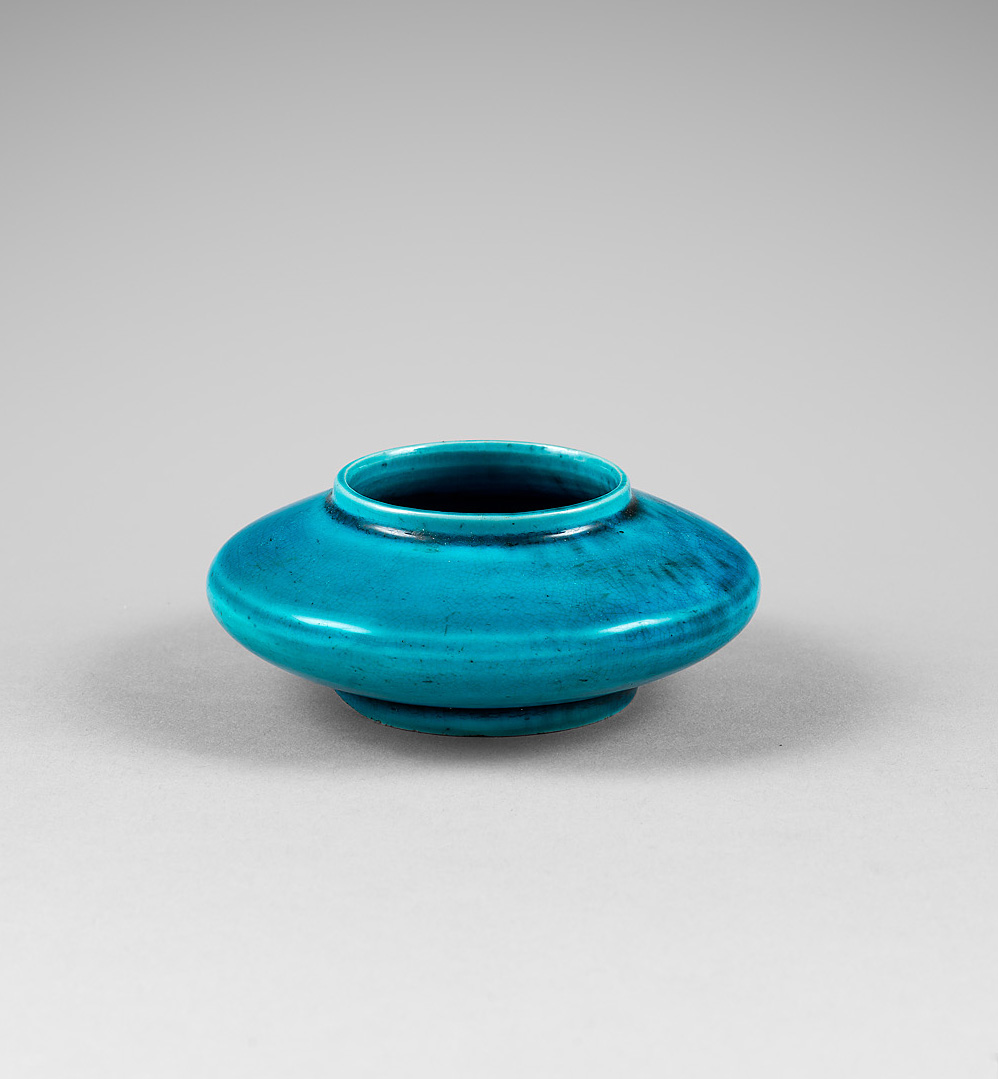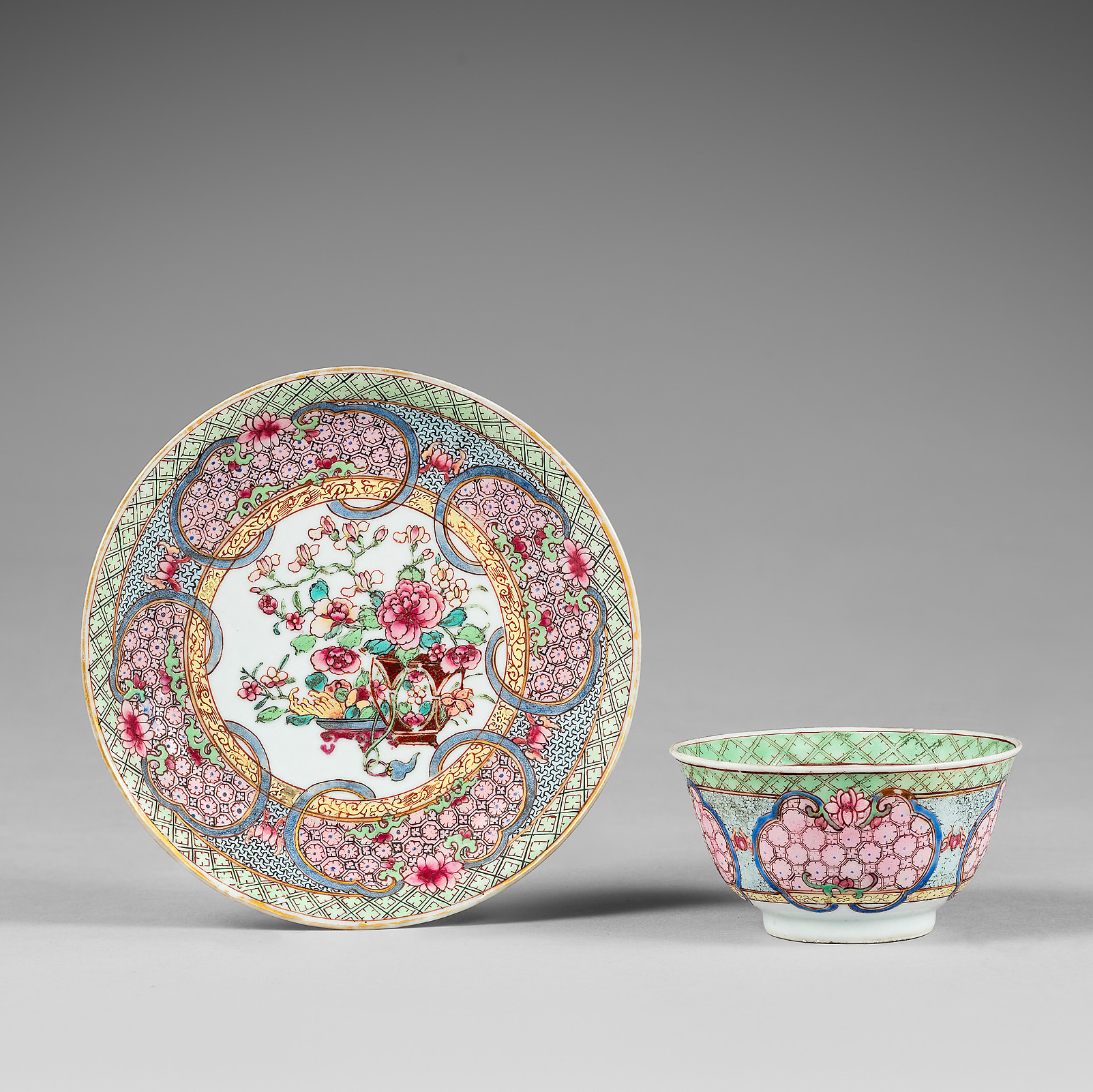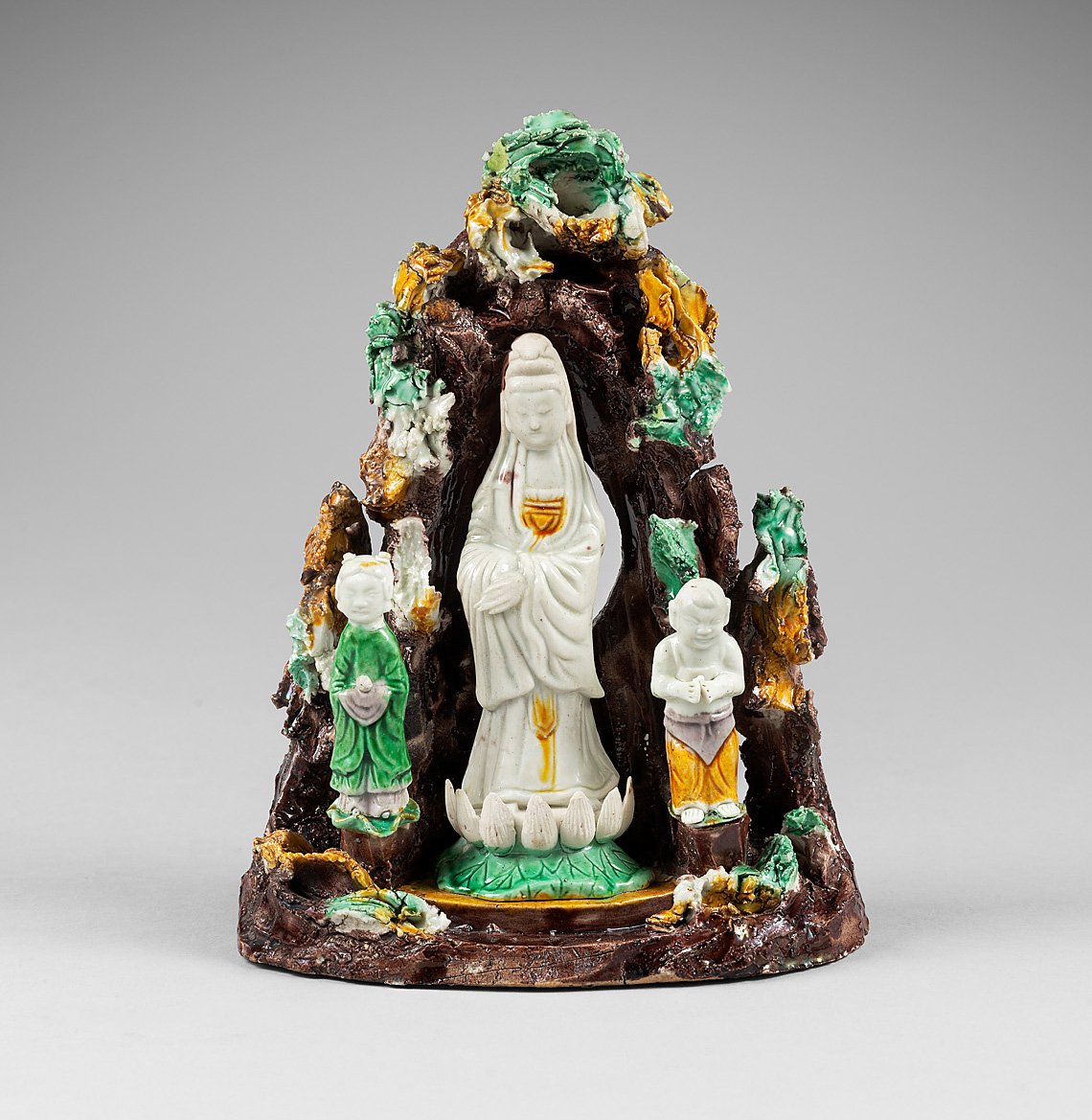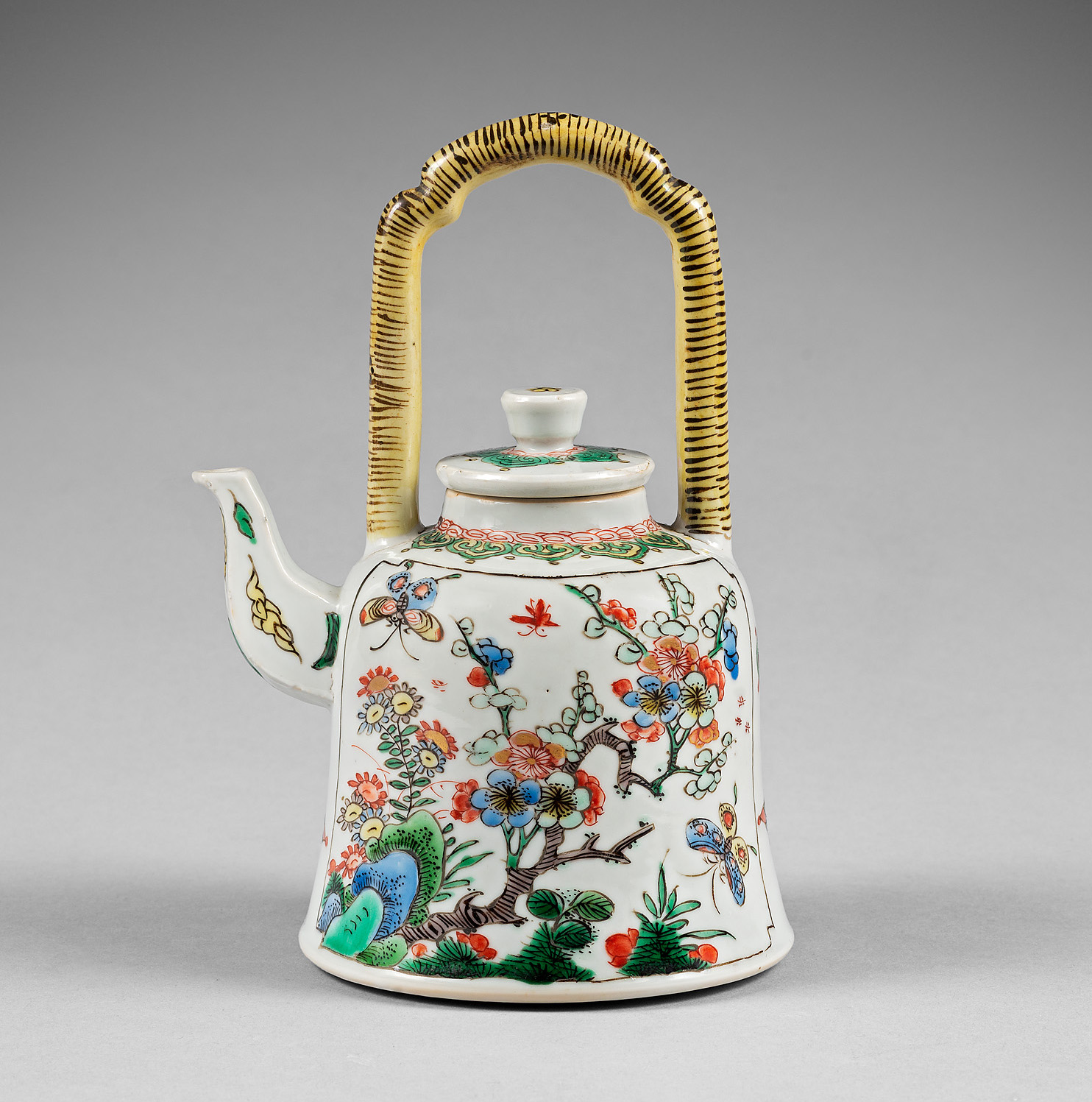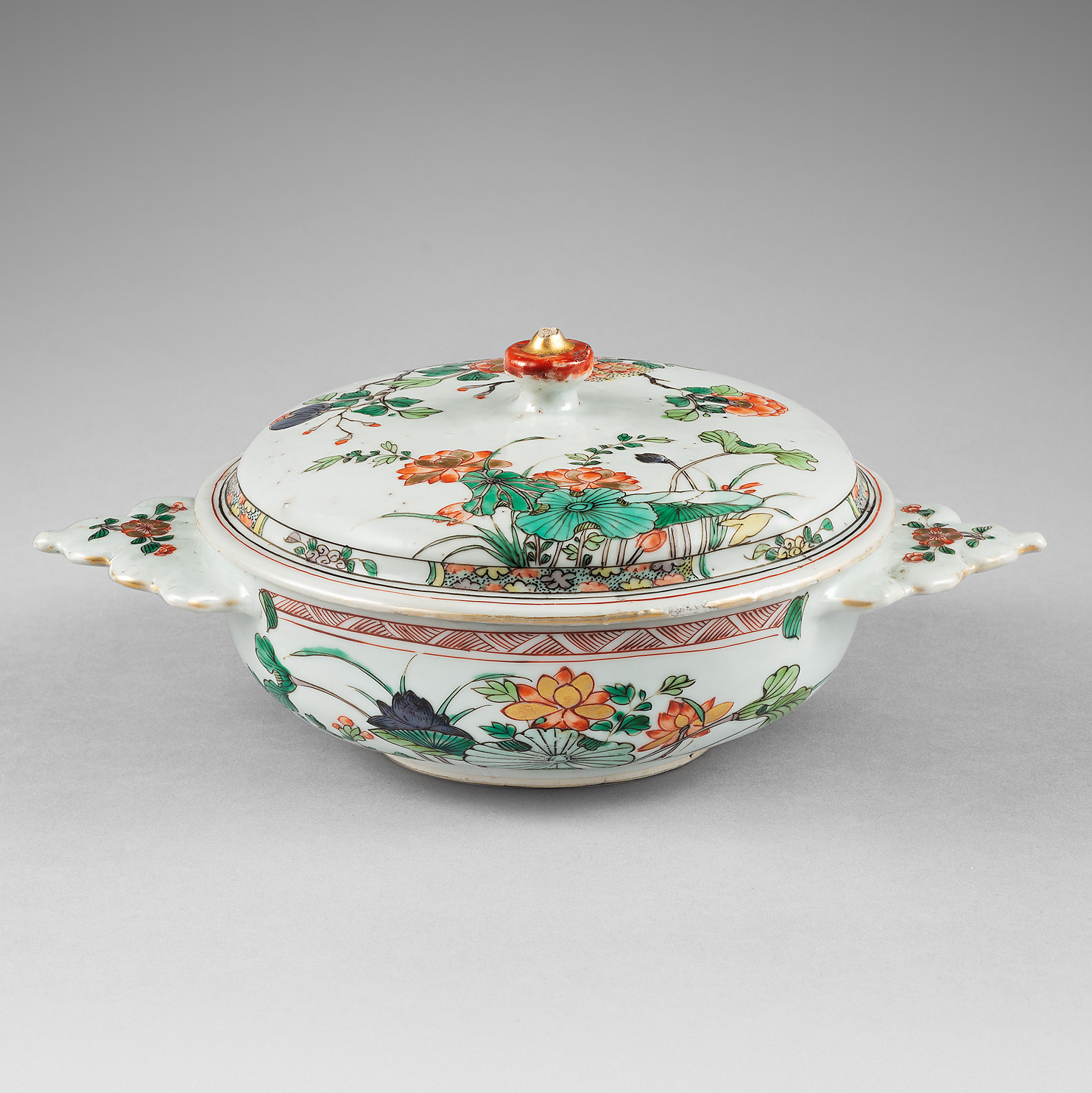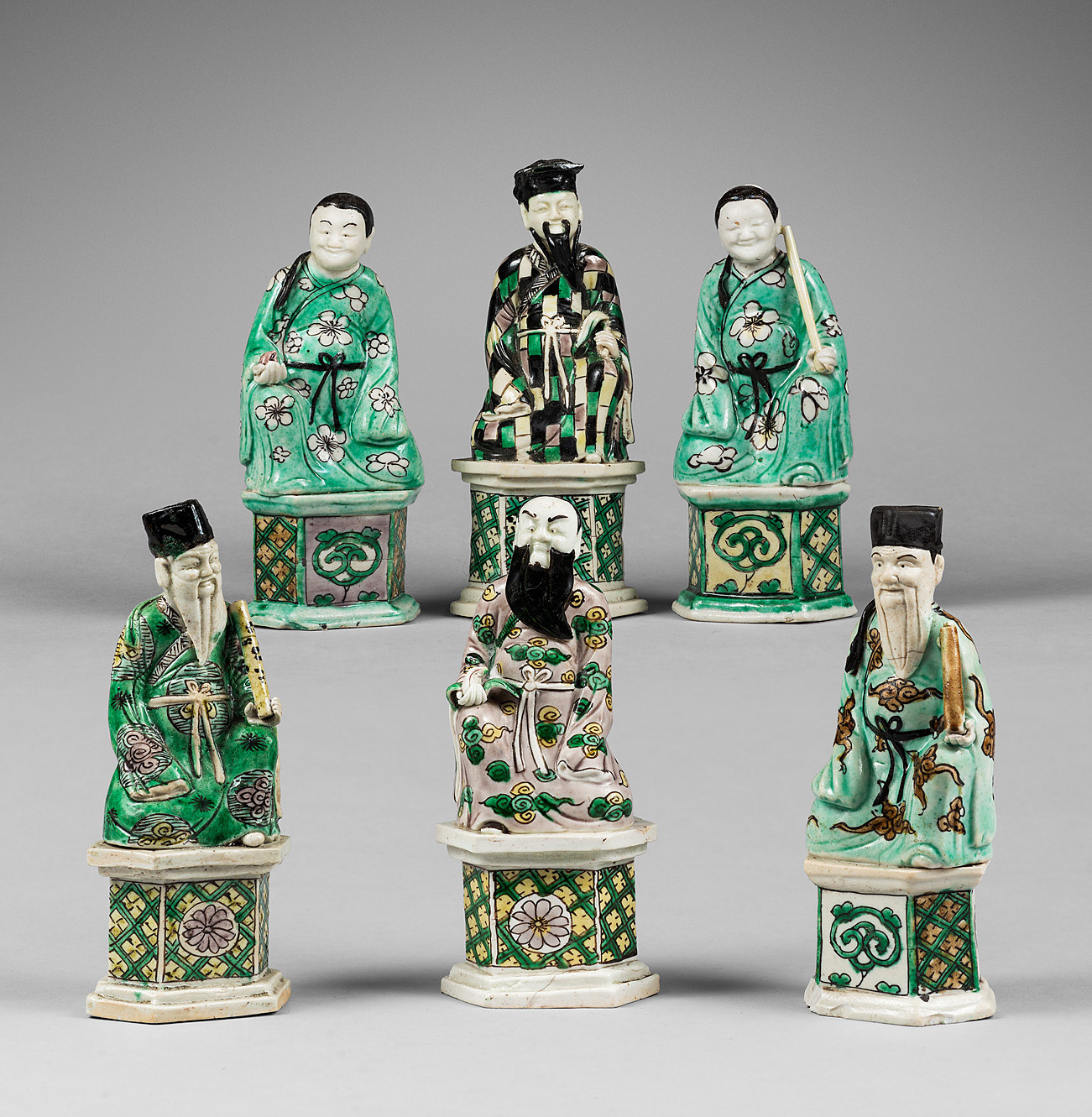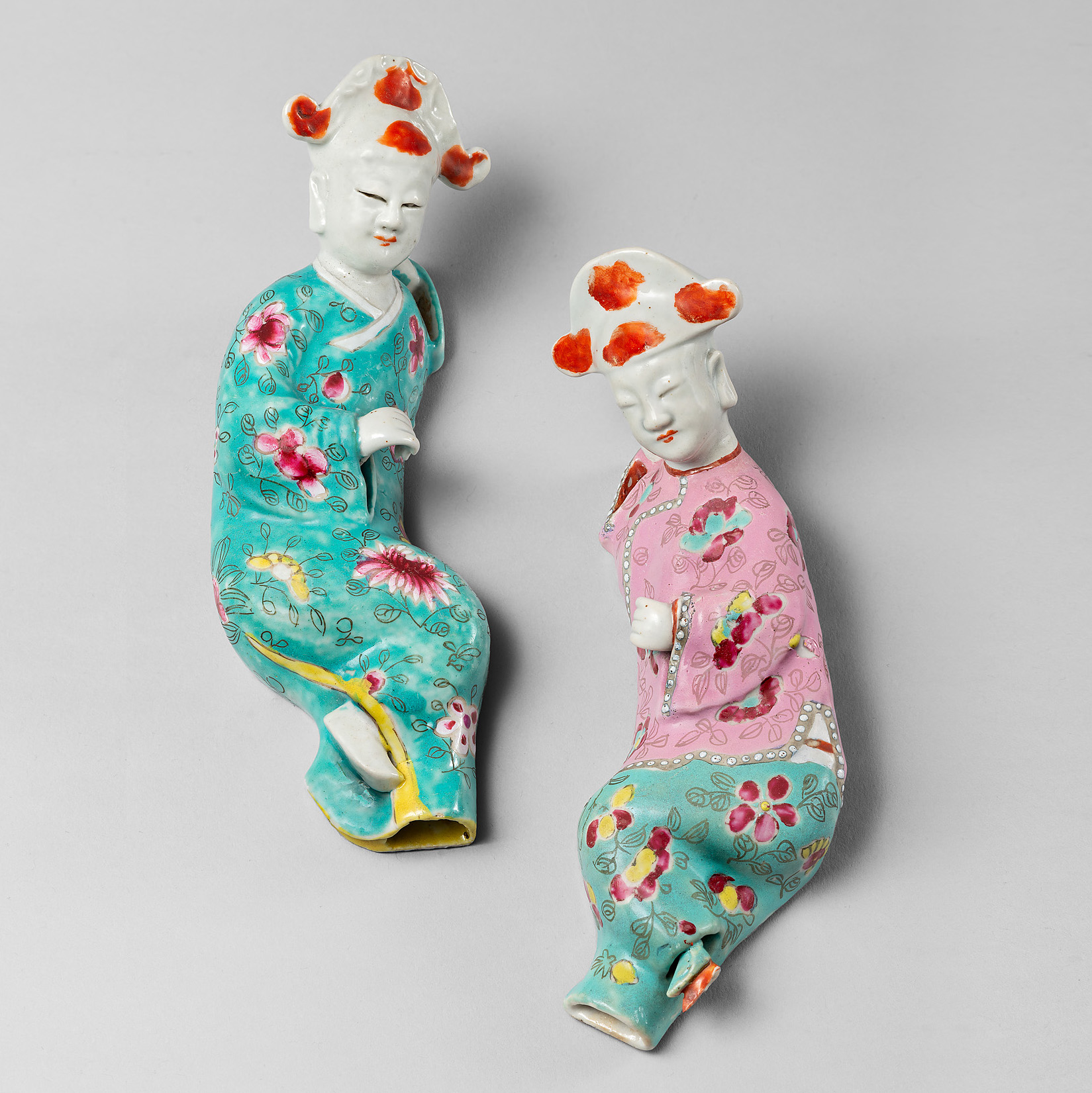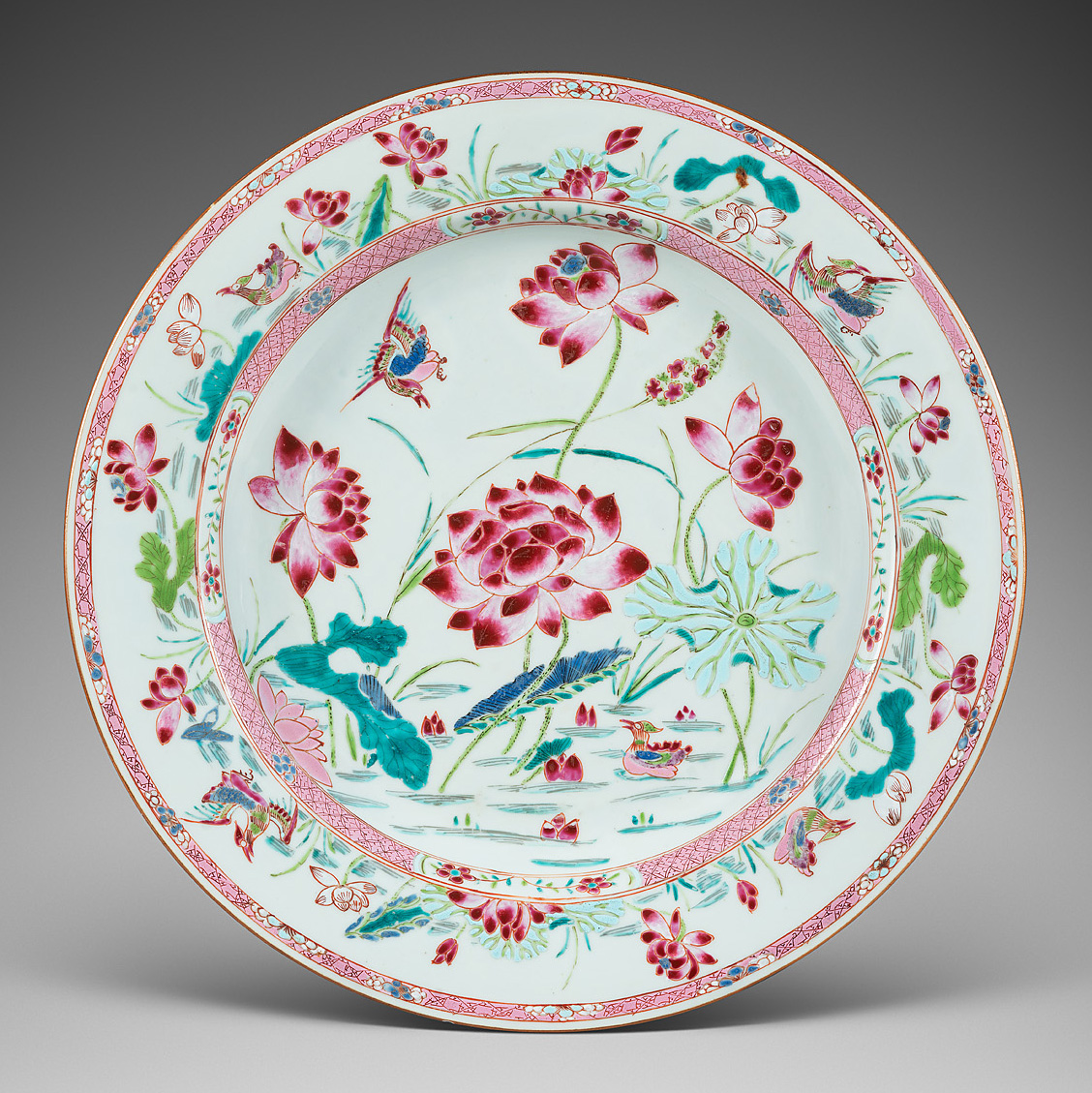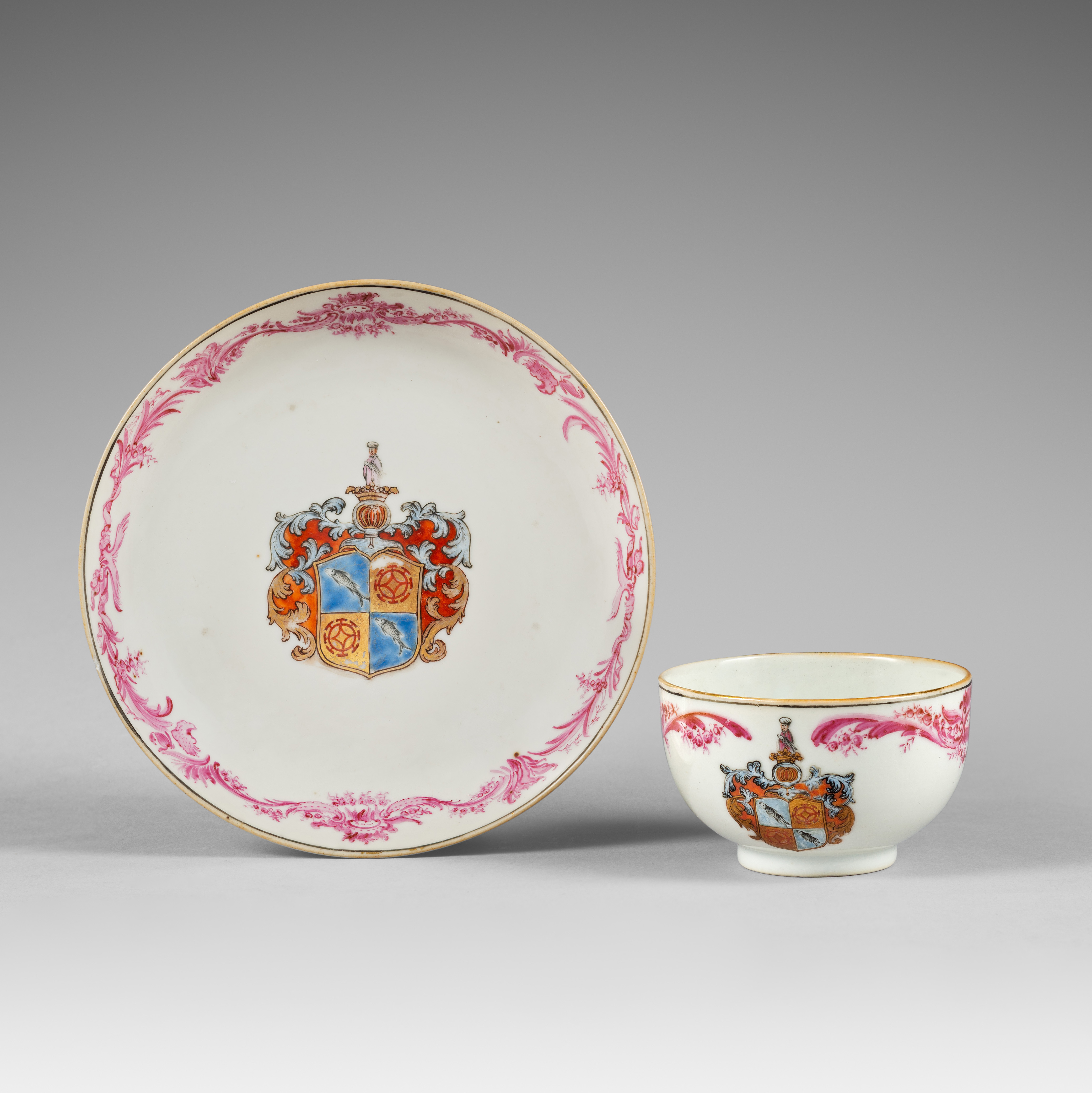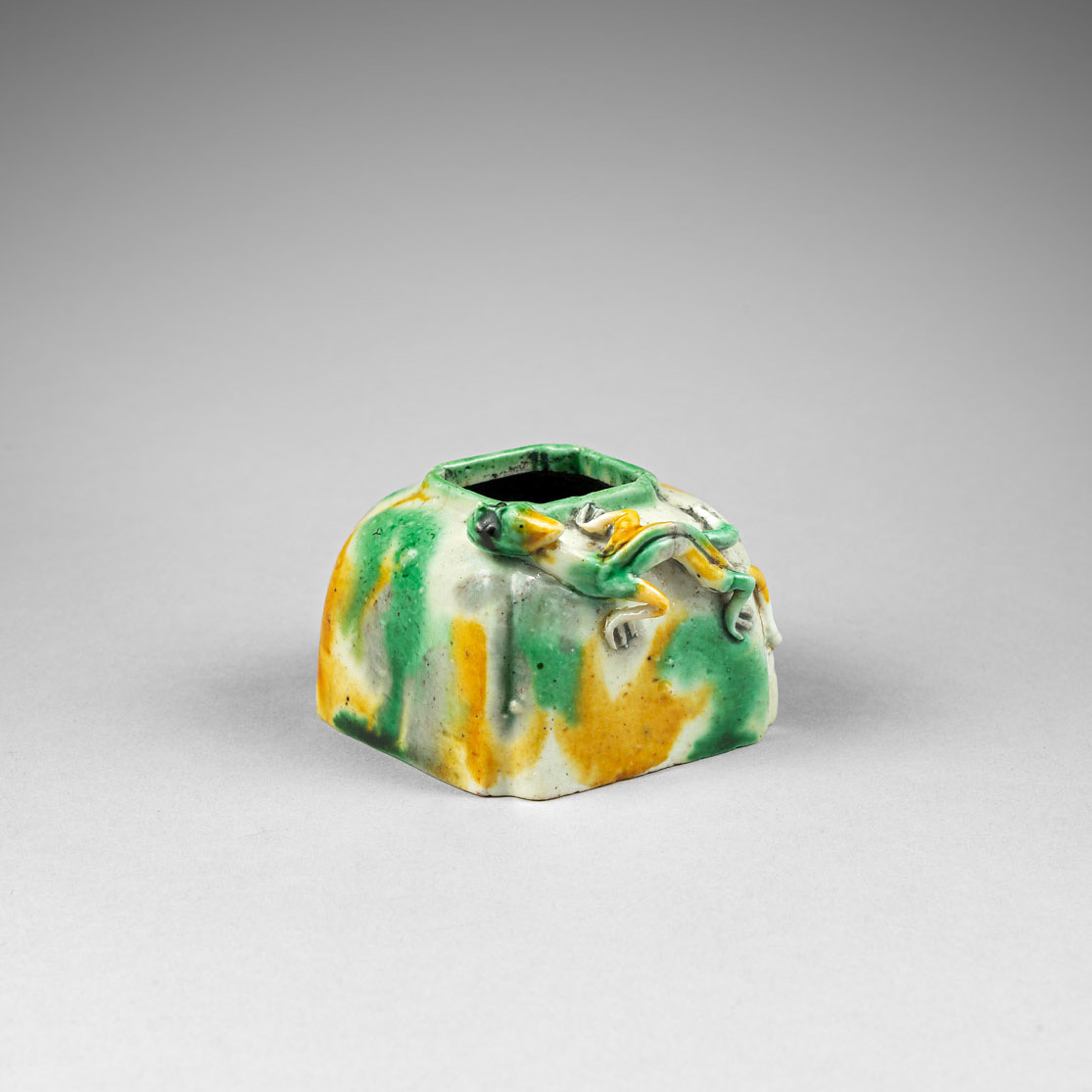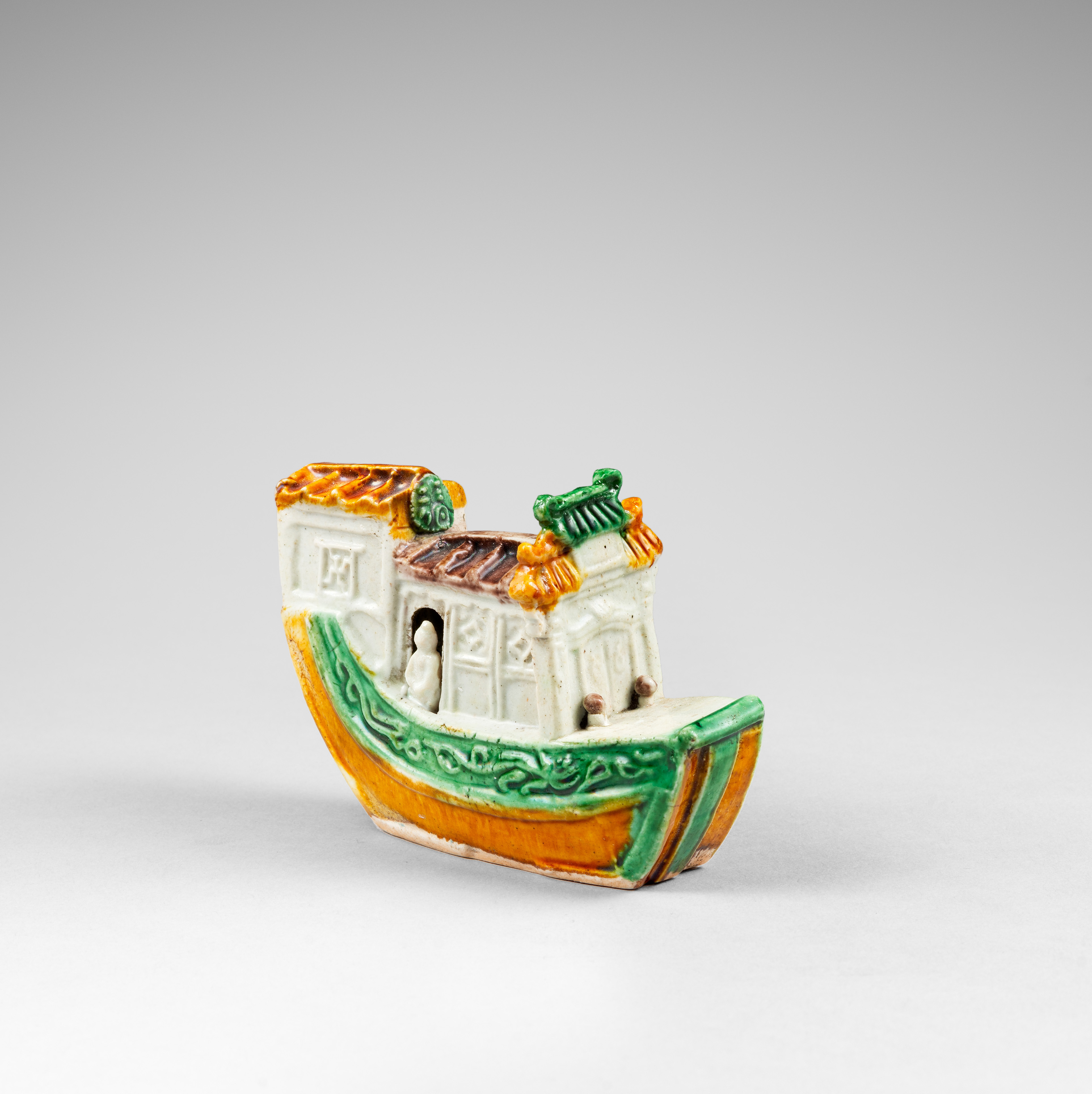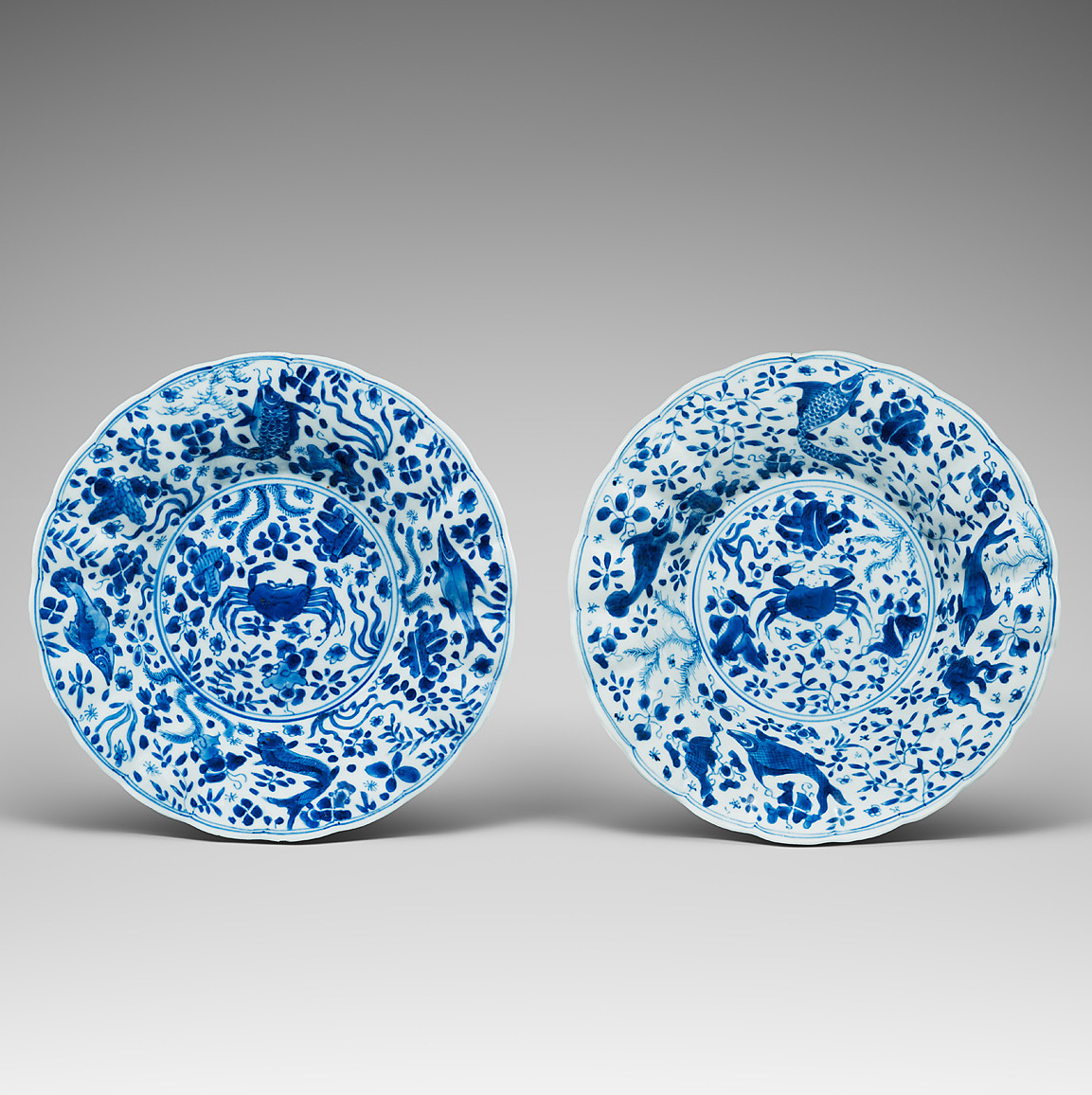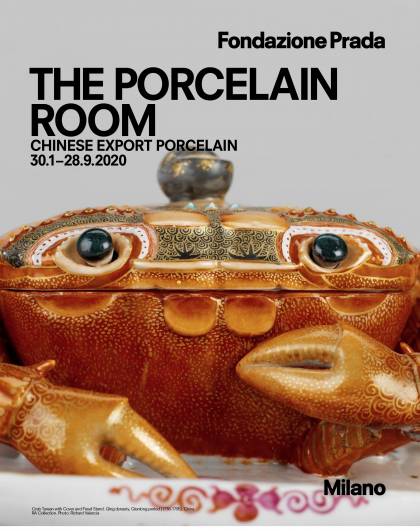
Prada Foundation: The Porcelain Room. Chinese Export Porcelain
“The Porcelain Room” is an exhibition curated by Jorge Welsh and Luísa Vinhais that explores the historical context, scope and impact of Chinese exported porcelain.
The exhibition on view on the 4th floor of Torre gathers more than 1,700 individual Chinese export porcelain. “The Porcelain Room” brings together examples of porcelains made from the 16th to the 19th centuries for different markets, religions, and social groups. The project illustrates how efficient the Chinese were in understanding the taste and the demand of each segment of the market, and tailoring their production accordingly.
Divided in three sections, the display is conceived as a room within-a-room, a brown velvet covered structure, integrating several vitrines and an intimate space decorated in gold. The largest number of early 16th to mid 17th century Ming dynasty porcelains with European iconography ever shown together constitutes the beginning and the core of the exhibition. “First orders” is a term usually attributed to the very first commissions of Chinese porcelains by the Portuguese after their arrival in China. Early Western orders are extremely rare, with only around 150 having survived to the present day. Over 45 examples have been selected for this exhibition, on loan from the most relevant public and private collections from all over the world, representing the entire array of “First orders”, in terms of typology, iconography, and period of manufacture. This first section also includes a small group of rare examples made for the Islamic market.
The second part features a wide selection of daily use objects interpreted as natural and surprising forms representing animals, fruits and vegetables, in order to explore the impact and exoticism of Chinese table wares made for Western markets. These were created around the 1760’s for extraordinary table sets in order to amuse guests dining in wealthy households. The third focus pays homage to the tradition of porcelain rooms, the magnificent installations created in European palaces and aristocratic houses in the 17th and 18th centuries and incorporating Chinese porcelain with mirrors, lacquer panels and gilded carved wood. Extraordinary rooms were created all across Europe, including Portugal, Spain, the Netherlands, England, France, Germany and Denmark. Some of the most iconic cases still survive such as the ceiling of the Santos Palace in Lisbon, realized between 1667 and 1687 and the porcelain room at the Charlottenburg Palace in Berlin, built between 1695 and 1705.
The exhibition is part of a wide range of research that the foundation has undertaken, extending its activities to a plurality of expressive languages that cross the boundaries of contemporary art. Without creating hierarchies and distinctions between visual arts, craftsmanship, design and mass production, the exhibition emphasizes the creative value of the Chinese export porcelain by revealing its refined workmanship to a wider audience and not only to experts. The choice to set up “The Porcelain Room” in one of the exhibition spaces of Torre, which houses a selection of works from Collezione Prada, triggers a dialogue between contemporary and ancient art, a confrontation between collections of objects and installations from different cultural universes.

